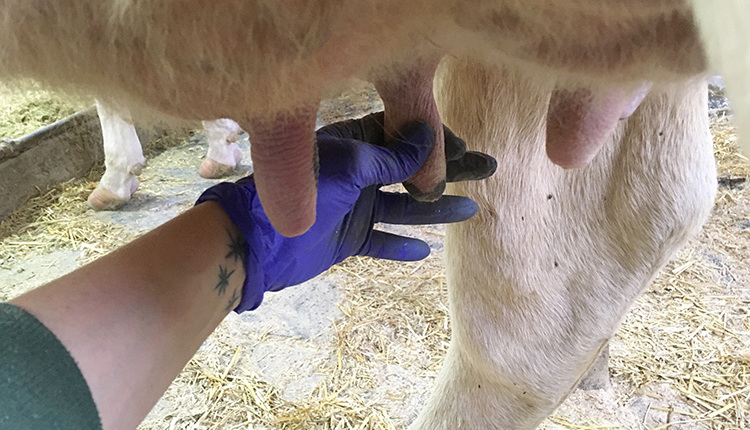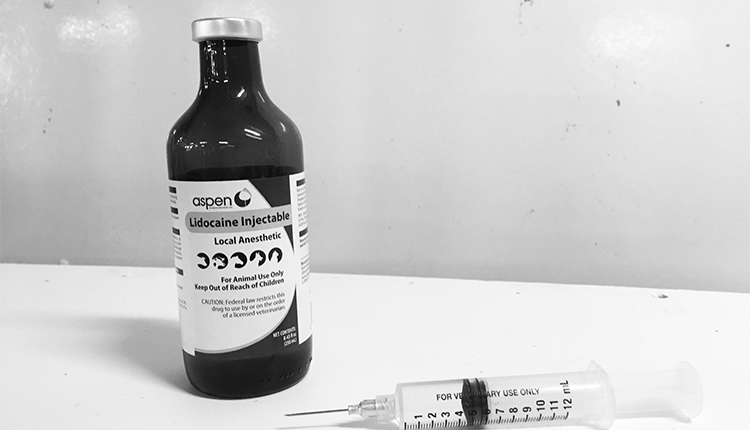
“In 2 miles, turn left on Burr Salem Road,” Siri’s charming voice kindly reminds me.
If you’re like me, Siri is now part of your drive to any new destination . . . and even many previously visited destinations. I rarely memorize routes anymore; or phone numbers for that matter thanks to the database capabilities on our smartphone.
We no longer ask for directions from our host . . . just an address to plug into our map app. We no longer keep roadmaps in our vehicles. We no longer watch the horizon for upcoming road signs and landmarks. We just listen to Siri tell us where to go.
What a far cry from the days of directions that went, “Turn left at Andersons’ corner (except the Anderson family hasn’t owned that land for at least 30 years), then turn right at the broken oak tree, and finally, take the first left after you cross over the creek.”
We rarely get lost anymore, unless our technology fails us.
This reliance on technology and the consequent extinction of the ability to find our way came up during a tour of our farm last week.
Well beyond the map
The Minnesota Chamber of Commerce brought its “Leaders Lab” participants here to learn more about agriculture in the state. Leaders Lab is a multi-session experiential learning program for young professionals from a variety of Minnesota business sectors.
The tour participants asked some of the best questions I’ve ever fielded during a visit.
One of the questions was pretty standard: “How will technology change dairy farming in the next 10 years?”
I explained that there is definitely a trend toward automation on dairy farms, with devices now available for everything from feeding cows and calves to milking cows.
In addition to automation, dairy farmers are adopting precision dairy technologies, including devices that monitor cow activity, rumination, and body temperature. The newest monitors will tell us when a cow is about to calve. Many automation devices also include monitors that track body weight, feeding behavior, milk quality, and more.
Data from these monitors help dairy farmers and herdspeople identify cows and calves that need extra attention. In the case of illness, changes in behavior detected by monitors can alert farmers to the need for intervention before a cow or calf shows any clinical symptoms. Before the advent of monitors, dairy animal husbandry required skilled observation and interpretation of signals from cows and calves themselves.
“So what you’re saying,” one of our visitors asked, “is that in 10 years dairy farmers will be looking at iPads instead of looking at cows?”
He then likened it to the example I shared above about relying on technology to tell us where to turn instead of learning how to observe landscape markers and read maps.
What will animal care look like for my children’s generation?
There’s no doubt in my mind that precision dairy technologies can help us take better care of our cows. But are they dulling our cow sense?
Will precision dairy technology replace old-fashioned observation? Or will dairy farmers and herdspeople need to be both tech-savvy and cow-savvy?

The author is a dairy farmer and writer from central Minnesota. She farms with her husband, Glen, and their three children. Sadie grew up on a dairy farm in northern Minnesota and graduated from the University of Minnesota with a degree in agricultural communications and marketing. She also blogs at Dairy Good Life.








